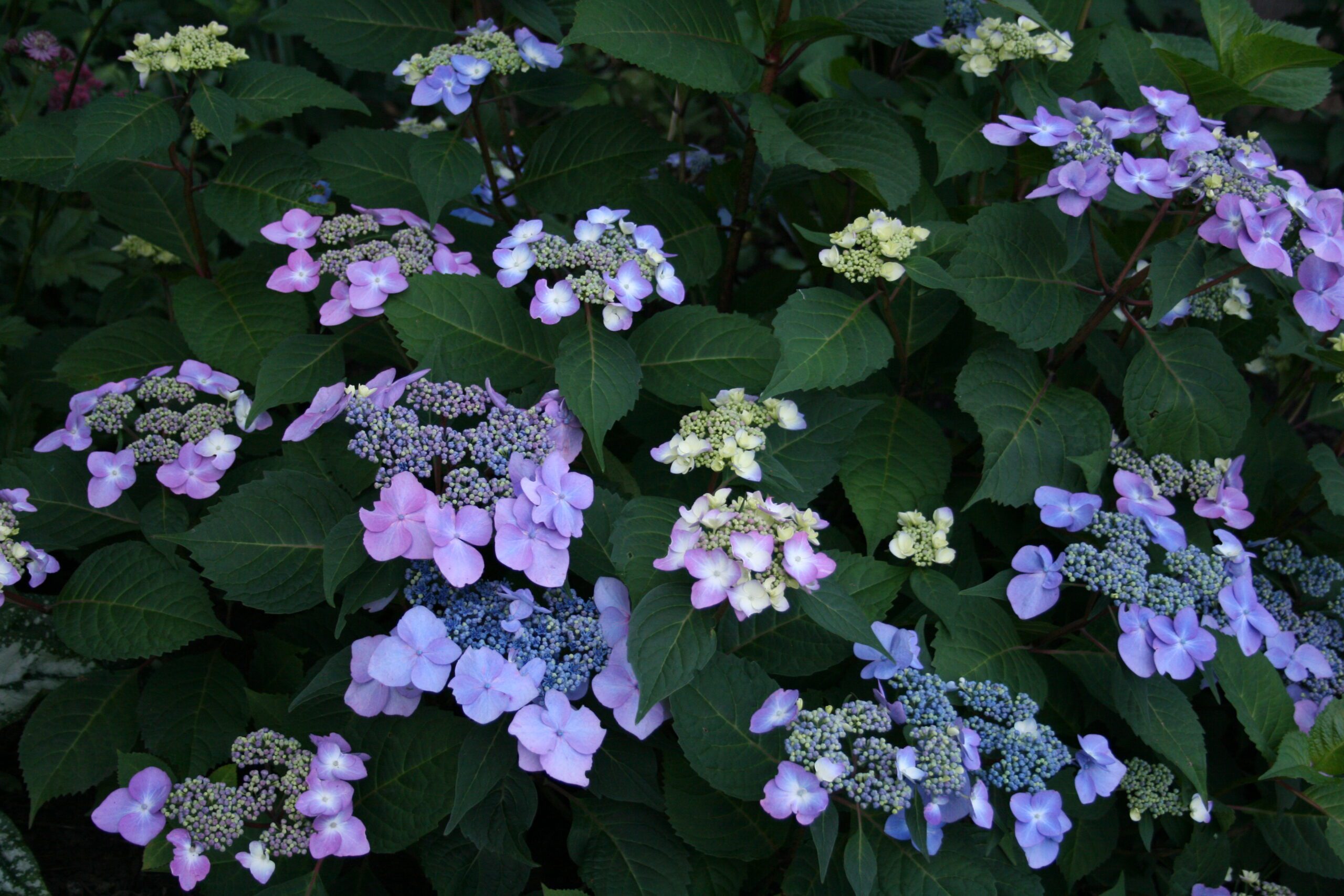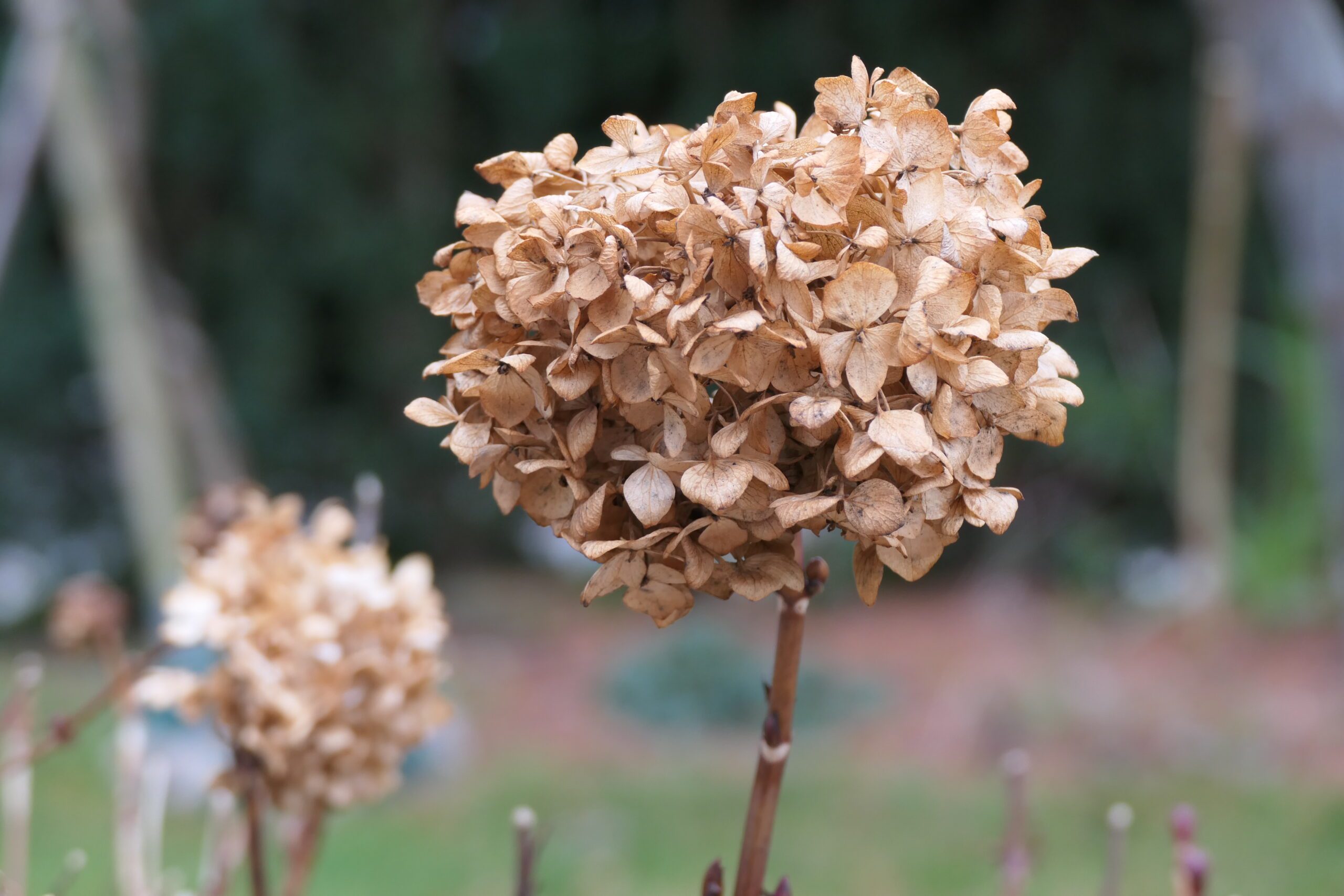May 31, 2023
Hydrangeas in All Their Glory
Shop Hydrangeas Online
Can you think of a more beloved plant in New England than the Hydrangea? Its flowers have many forms, ranging from beautiful rounded mopheads in shades from light blue to rich, almost purple blue; to showy panicles in shades of pink and white; to delicate lacecap flowers in tones of pink and blue. New varieties are expanding the range of flower color into the red spectrum. In terms of size, there are varieties ranging from 2ft to 8ft in height. Some varieties can even be grown in containers. And the climbing hydrangea is as beautiful as it is unusual. Some varieties are also available in tree form. This means there is a hydrangea for every location!

Hydrangea macrophylla “Twist n’ Shout”
There are 6 species of Hydrangea commonly grown in our area:
- Hydrangea macrophylla, perhaps the most familiar to us when we think of Hydrangeas
- Hydrangea paniculata, increasingly popular for its reliable blooming habit
- Hydrangea arborescens, the most shade tolerant of all Hydrangeas
- Hydrangea serrata, the hardiest of hydrangeas, whose elegant lacecap flowers are like jewels in the garden
- Hydrangea quercifolia, with its striking oak leaf shaped leaves
- Hydrangea petiolaris, which will climb fences and trees
For more information about each of the 6 species of Hydrangeas, including information about when to prune, see our Hydrangea Plant Care Guide.
Hydrangeas come into bloom just as the first flush of roses is fading. Beginning in late June and continuing into the fall, they offer a strong presence and a long season of interest in the garden. The flowers subtly change color as they mature, often remaining on the plant into and through the winter, fading to a lovely tan color. The stems of the plants remain upright through the winter, adding structure and form to the winter landscape.

Hydrangea flowers and interest to the landscape even in winter!
We love Hydrangeas for the wonderful show of flowers they provide. However, in some years, winter conditions can affect that show. In harsh winters the dormant flower buds may be damaged, either by extreme cold or by an unusually warm period followed by a sudden return to frigid conditions. Temperatures of minus 10-15 degrees, which we experienced in early February 2023, combined with a lack of insulating snow cover, may mean a diminished show this summer.
Plant breeders are doing wonderful things to improve the performance and increase the varieties of Hydrangeas available to us. They have a bright future. And a long past. Hydrangeas have been found in fossils from 45-60 million years ago!
When in season, select Hydrangeas are available on our online store for pick-up and local delivery!
